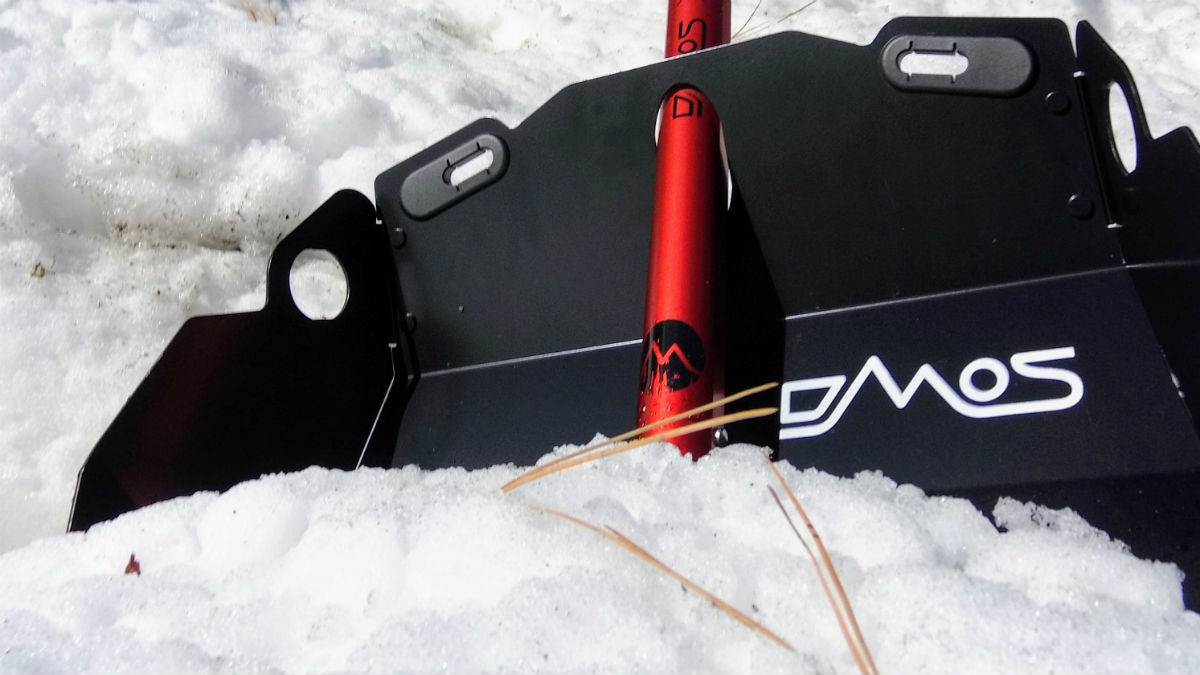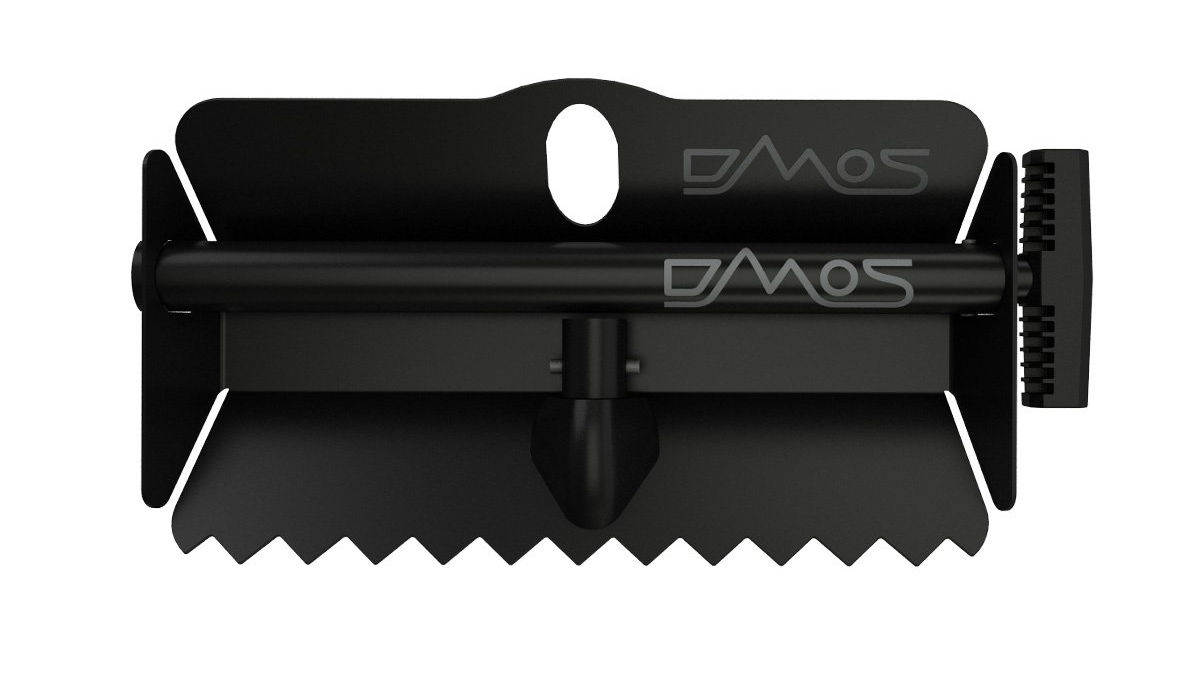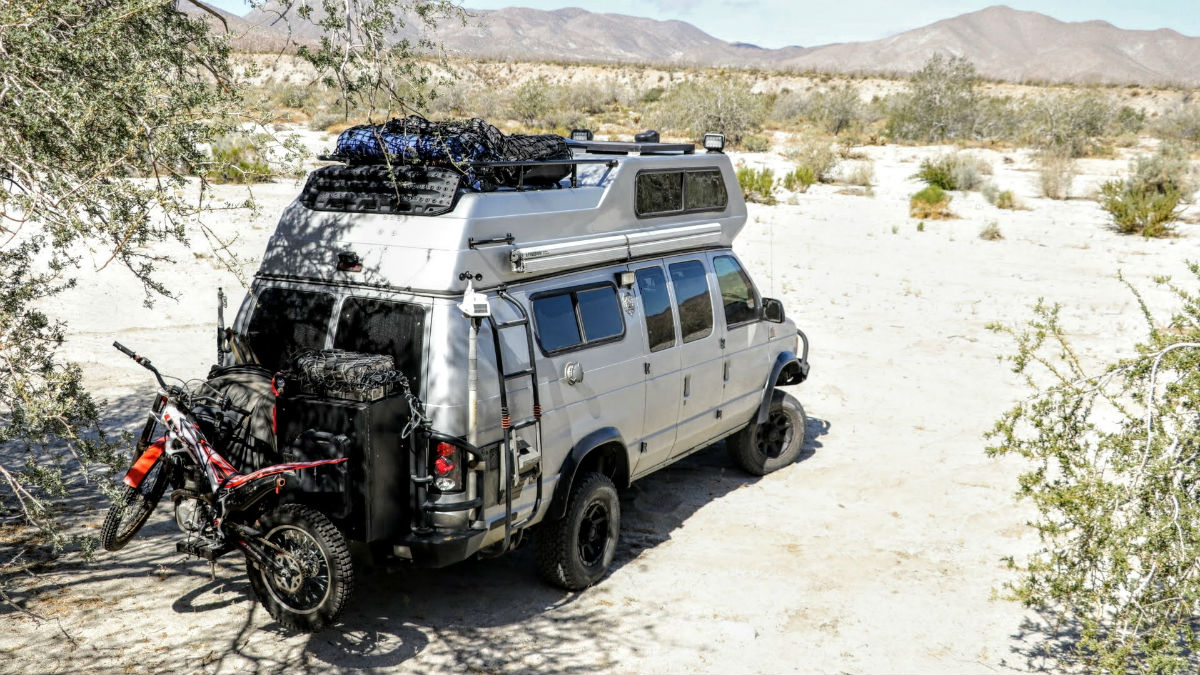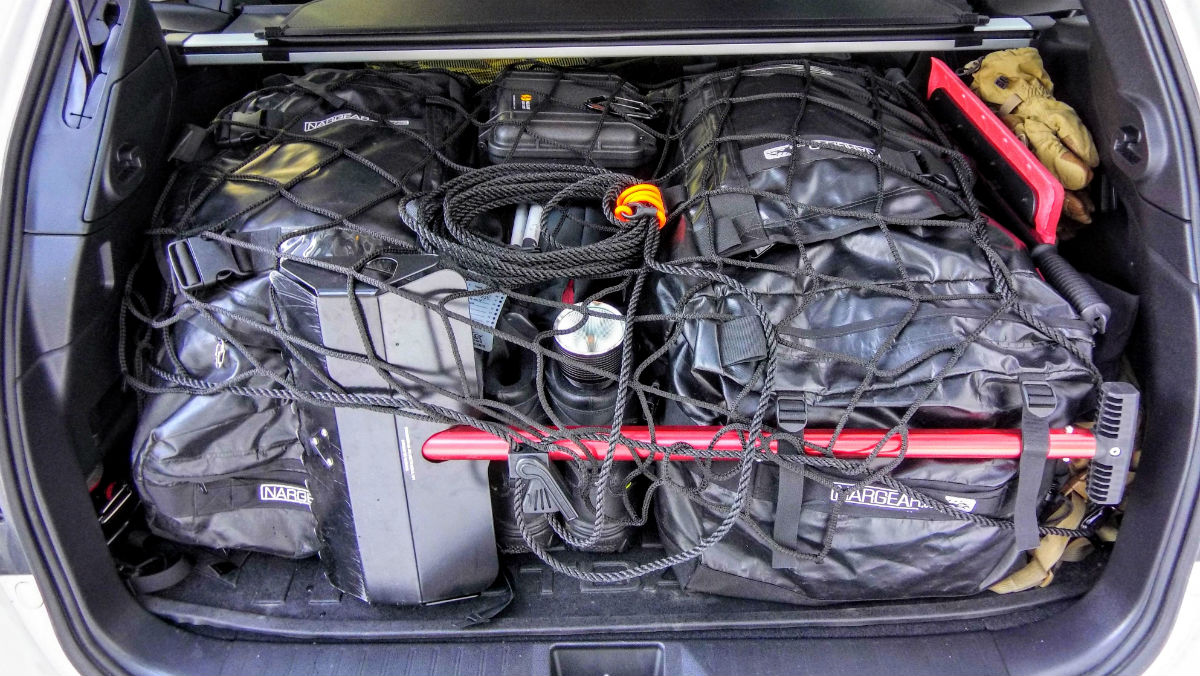The relationship between man and fire is profound. We turn to philosophy or religious comparisons to find meaning in a chemical reaction with transcendental properties. Whether its innate or socially inherited, we’ve come to find meaning and resolve in the crackling embers of a warm fire.
If we find awareness in fire itself, then perhaps we can also learn from those who have spent their lives working alongside it. The Manual reached out to an individual who has spent the better part of 30 years researching, testing, and battling fire in an effort to serve the public. We asked about his experiences, his influences, and any revelations he’s had in his career as an aerial-delivered firefighter.
“In a firestorm, nothing is safe: sand turns to glass, metal runs like water, wood and human beings vanish into ash.”
This is what you’ll find if perusing the back cover of Jason Ramos’s book, Smokejumper: A Memoir by One of America’s Most Select Airborne Firefighters
Some might say that dropping into a highly variable environment — one that might literally be on fire — is nuts. We asked Jason for this thoughts on the subject, and he told us that purpose, preparation, and mentorship don’t sound that nuts to him.
Can you give us a condensed autobiography of your life?
I grew up in West Covina, California, and then moved to Lake Elsinore, California, during the 1980s. As a Southern California kid, you grow up listening to the never-ending sounds of sirens and taking tours of the local fire stations. You also witness countless wildland fires from the famous Santa Ana winds. I spent as much time as I could on a skateboard, but by the time I turned 13, I spent my summers working for my dad. He taught me what it was like to get up at 03:00 every morning and hopefully get home by 18:00. I definitely learned what it’s like to work my ass off.
I remember various car accidents and fires in my local area and seeing my friends from high school involved with these emergencies. At the time, Riverside County had one of the largest volunteer firefighter program in Southern California. In 1989, I applied to become a volunteer firefighter and the rest was history.
Nearly 30 years later, I’m still drawn to the most unique parts of the fire service and duties. From operating a rescue squad to becoming an aerial-delivered firefighter in 1993, I’ve followed my passion and found a home in a very specialized part of the fire service.
In short, a smokejumper is an aerially delivered firefighter who parachutes into remote parts of the U.S. to engage wildfires and execute rescue missions. To paint a picture of what your job entails, can you share what a regular day at work is for you?
During the fire season — generally summer — firefighters are extremely busy. Our job is to wait until something goes wrong. While waiting, we spend every day doing physical training (PT), daily chores, and are constantly training … the training never stops. When in the field, you’ll find that every mission has its ups and downs. Some of my hardest fires were in California with temperatures so extreme that you could literally cook your lunch on the pavement. Post mission — if you’re lucky — you get to pound down a double-bacon cheeseburger, cool off with a milkshake, and catch a few zzz’s. Then it’s back to work to rehab your gear and get on the list for the next mission.
Every wildland firefighter has their own reasons for doing the job. For myself, I always wanted to be part of something bigger and to serve to make a difference.
Smokejumpers carry some pretty massive packs — we’re talking 110 pounds or more of stuff. What are three things we might find in your pack? Don’t forget to throw in a favorite meal from the field.
As aerial delivered firefighters, we carry so much gear you literally feel like you have a small self-contained vehicle on your back. During the late 80’s, I learned very quickly to modify my own gear and search for the best. Back in those days, there was no internet, no YouTube, etc. Nowadays, information, gear, and clothing have all become tools that can help you perform at that next level.
Not all of us carry the same gear, which we adjust to be more efficient and to function at our highest capabilities. Today, I’m constantly improving my pack by spending hours every day researching only the best from first aid products that can mitigate medical issues, to personal fire protection, portable wind generators, solar, thermal, night vision, and the best textiles on the planet.
These three products are my picks for best new gear:
- The DMOS Collective Stealth Shovel — for almost three decades, I’ve been searching for a shovel that can handle rescue, snow, and loose debris. The DMOS Stealth and Alpha offer a U.S.-made, professional, lightweight, collapsible, incredibly strong shovel that can be deployed for various types of missions.
- Portable solar just keeps getting better with companies that have a real passion for what they do — like Texenergy, who offers a portable wind turbine to power banks designed by professionals.
- My most important gear, however, is my personal protective equipment (PPE). If it fails, I’m not able to provide the best service I can. All gear does have a breaking point, but I pride myself in researching and purchasing the best. I use all natural fibers — merino wool and hopefully Qiviut someday — due to the huge benefits in contrast to synthetic fibers, which can be a magnet for bacteria. Good boots, merino wool socks, top-tier sunglasses, specific cold and hot weather gear … and of course good lip balm. If you take the time and resources to locate the best gear, you will be able to perform at a much higher level to get the project or mission complete.
And for those who are interested, my favorite meal after a long shift is Spam with rice and black beans with a melted Snickers bar for dessert.
You’ve had multiple mentors throughout your career. What are the benefits of mentorship? Can anyone benefit from having a mentor?
I’ve been very lucky in having so many mentors in my life. I can’t express how important it is to find this special gift when it presents itself. Mentors will challenge you to be a better version of yourself, they will call you on your BS and will be impatient with your excuses. You better listen to them. They can be an infinitely valuable resource, perhaps one of the most important you will ever find in life.
I get asked all the time, how did you do it — go from your occupation, to your business, to your published book? I always have this answer: If you knock on the door loud enough, it will open, and if you don’t knock at all, the door will remain closed.
In all of your experiences up to date, is there something you’ve learned about yourself or the world around you that you think is worth sharing with our readers?
I have learned so much and still continue to learn daily. I was told by various mentors, “Learn something daily, I don’t care how small it is, but learn something or do something meaningful every single day.” A favorite mentor taught me to understand that the best route is to to learn from our mistakes and take what we’ve just learned and put it into action. It took me years to understand this and to put it into perspective. I still practice this daily by working on self-improvement, my moral compass, and how to make a difference with my actions.
Ramos has clearly been molded by fire in his personal and professional life. Constantly learning, adapting, and pushing forward, he has used his resources — much like fire — to grow his own strengths. So what about the rest of us? What can we learn from Ramos and the eternal flame we’ve inherited from our ancestors? For one, it’s pretty clear that if we choose not to grow, we risk burning out. Instead, we can set goals, find and utilize mentors who can share the best tools for success, and create some purpose in our lives. Although that can be scary, it’s probably better than the alternative. Come on … nobody is asking you to jump out of a plane to fight a wildfire with hand tools.








